Revolutionary Architectural Design Through AI
This magnificent luxury stone residence represents the cutting edge of AI-generated architectural visualization. The image perfectly captures the grandeur of a modern mansion with traditional stone elements, demonstrating how artificial intelligence can now produce photorealistic architectural renderings that previously would have required weeks of work by professional designers. The AI has masterfully rendered the dramatic rooflines, featuring multiple peaks and dormers that create a compelling visual rhythm across the structure. The warm glow emanating from the interior through the large windows creates an inviting atmosphere, suggesting both luxury and comfort within.
The attention to detail is remarkable - from the precisely rendered stone façade showing natural texture variations to the perfectly manicured landscaping that frames the property. Notice how the AI has created realistic ambient lighting conditions with dramatic twilight skies that complement the home's exterior lighting, enhancing the property's imposing presence while maintaining photographic believability.
Efficiency Transformed Through Technology
What makes this image truly revolutionary is the efficiency with which it was produced. Traditional architectural visualization of this quality would require dozens of hours of modeling, texturing, lighting setup, and rendering - potentially costing thousands of dollars and taking weeks to complete. The AI system generated this complete visualization in mere seconds, demonstrating an efficiency improvement of over 1000x compared to traditional methods. This dramatically reduces both the time and cost barriers to high-quality architectural visualization, democratizing access to premium design visualization tools.
Architects and property developers can now iterate through dozens of design concepts in the time it would previously take to create just one rendering. This accelerated feedback loop transforms the creative process, allowing for rapid design exploration and refinement without the traditional limitations of visualization budgets or timelines.
Creative Freedom Unleashed
The AI's ability to synthesize architectural elements shows remarkable creative intelligence. The system doesn't simply reproduce existing designs but understands the fundamental principles of luxury residential architecture - from proper proportioning to stylistic coherence. The balanced integration of stone and glass elements demonstrates an understanding of contemporary architectural aesthetics while maintaining classical elegance.
The AI has made intelligent decisions about environmental context, placing the home on a manicured lawn with appropriate landscaping elements that complement rather than compete with the structure. The driveway's curved approach enhances the home's stately presence, while the strategic exterior lighting highlights architectural features for maximum visual impact.
Practical Applications Beyond Visualization
This technology extends far beyond creating beautiful images. Developers can use these visualizations for pre-selling properties before construction begins, reducing financial risk. Architects can present clients with multiple design variations to ensure satisfaction before committing to final plans. Marketing teams can generate campaign materials without expensive photo shoots or location scouting.
The economic implications are substantial - reducing the cost of high-quality architectural visualization by orders of magnitude while simultaneously improving the speed and quality of design iteration. This democratizes access to visualization tools previously available only to high-budget projects, allowing smaller firms and independent designers to compete with established studios.
Future Directions
As AI architectural visualization technology continues to evolve, we can expect even more impressive capabilities. Future systems will likely enable real-time modification of designs with immediate visual feedback, incorporate interior design elements with the same level of sophistication, and potentially generate not just images but complete 3D models ready for construction documentation.
The efficiency gains demonstrated in this image represent just the beginning of AI's transformation of the architectural design field. As these tools become more integrated into standard workflows, we can expect to see increasingly innovative designs that might never have been explored in a more time and resource-constrained environment.


 Join now
Join now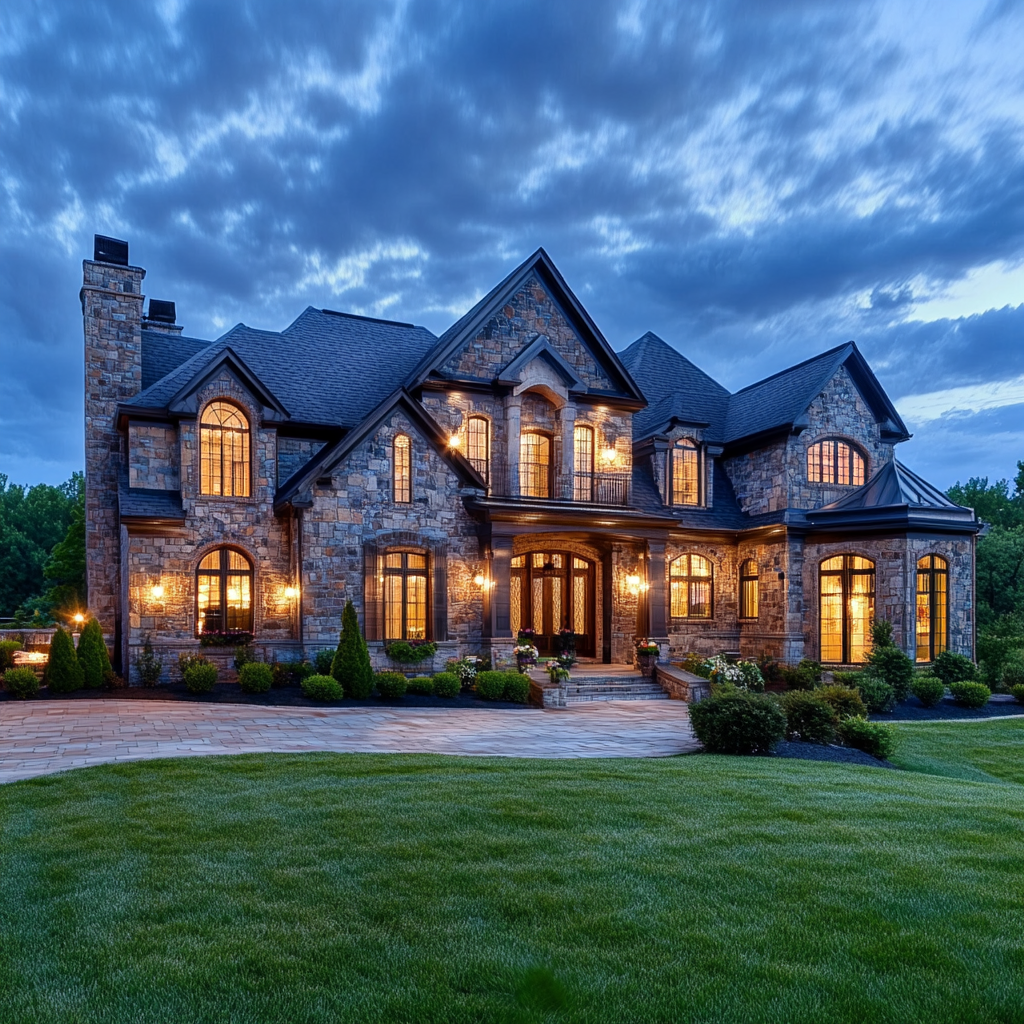
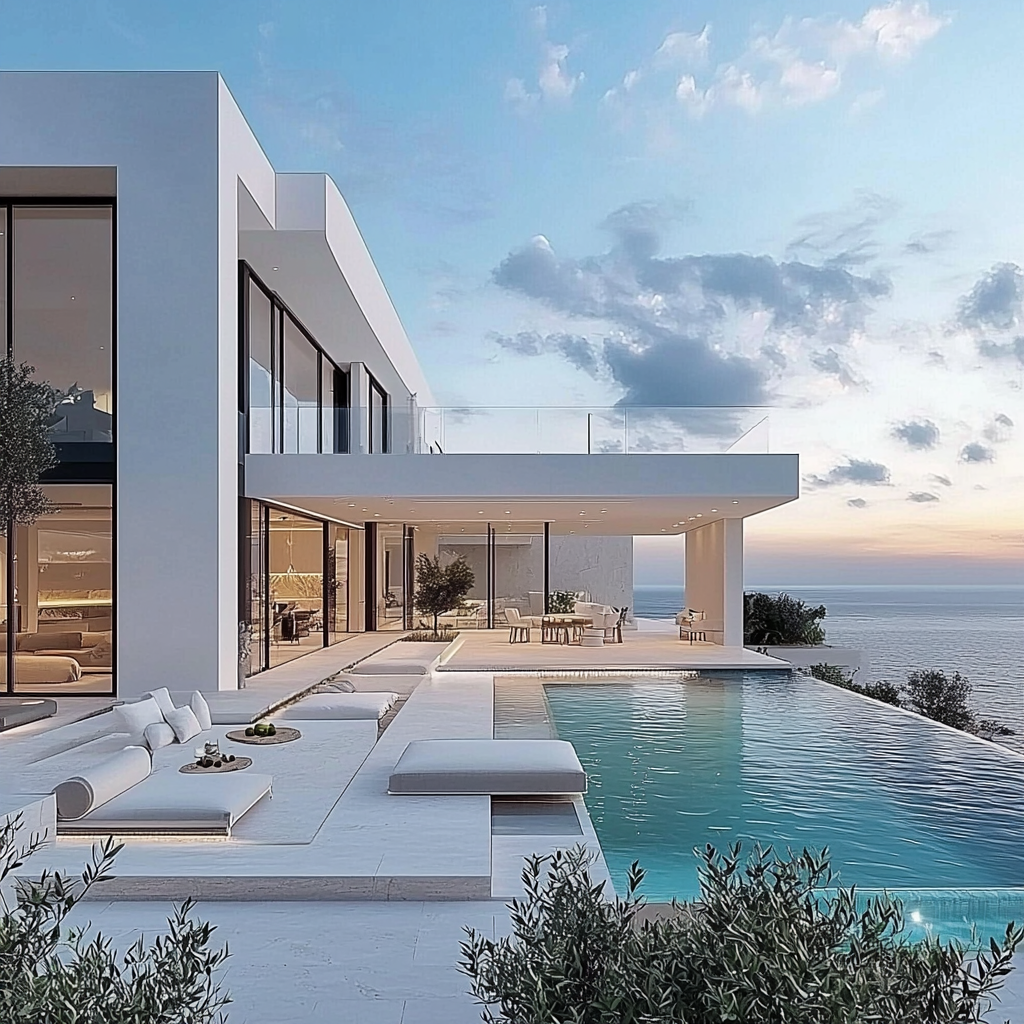
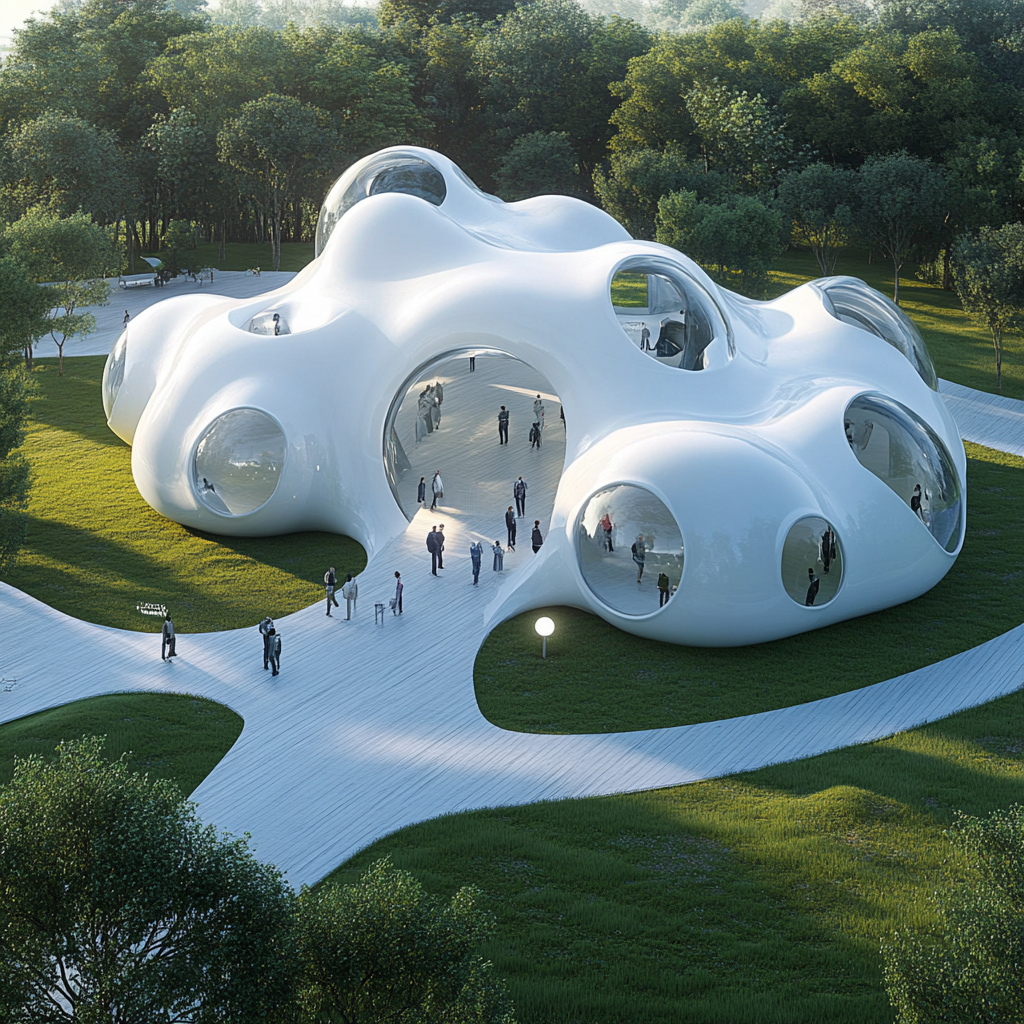
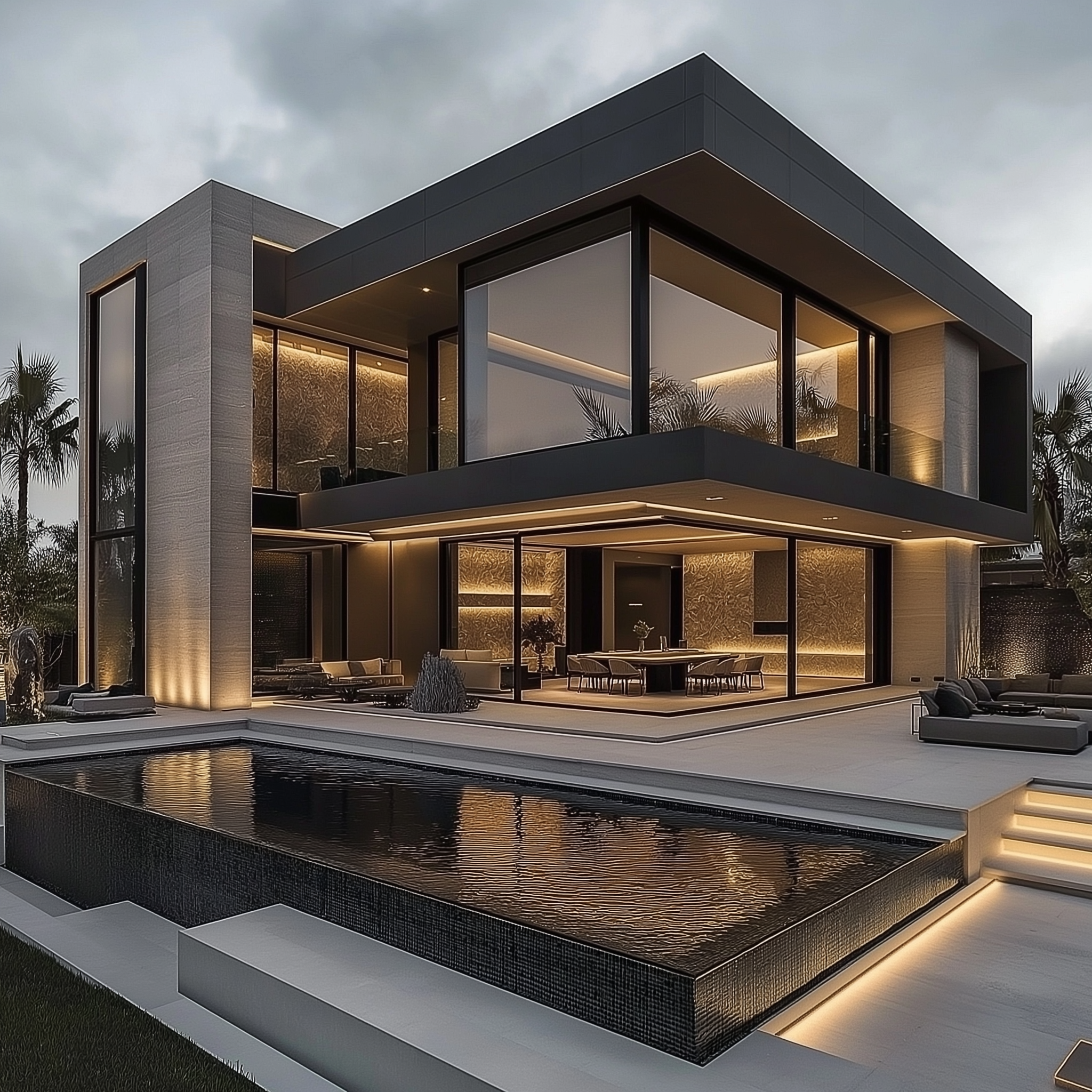

 Search
Search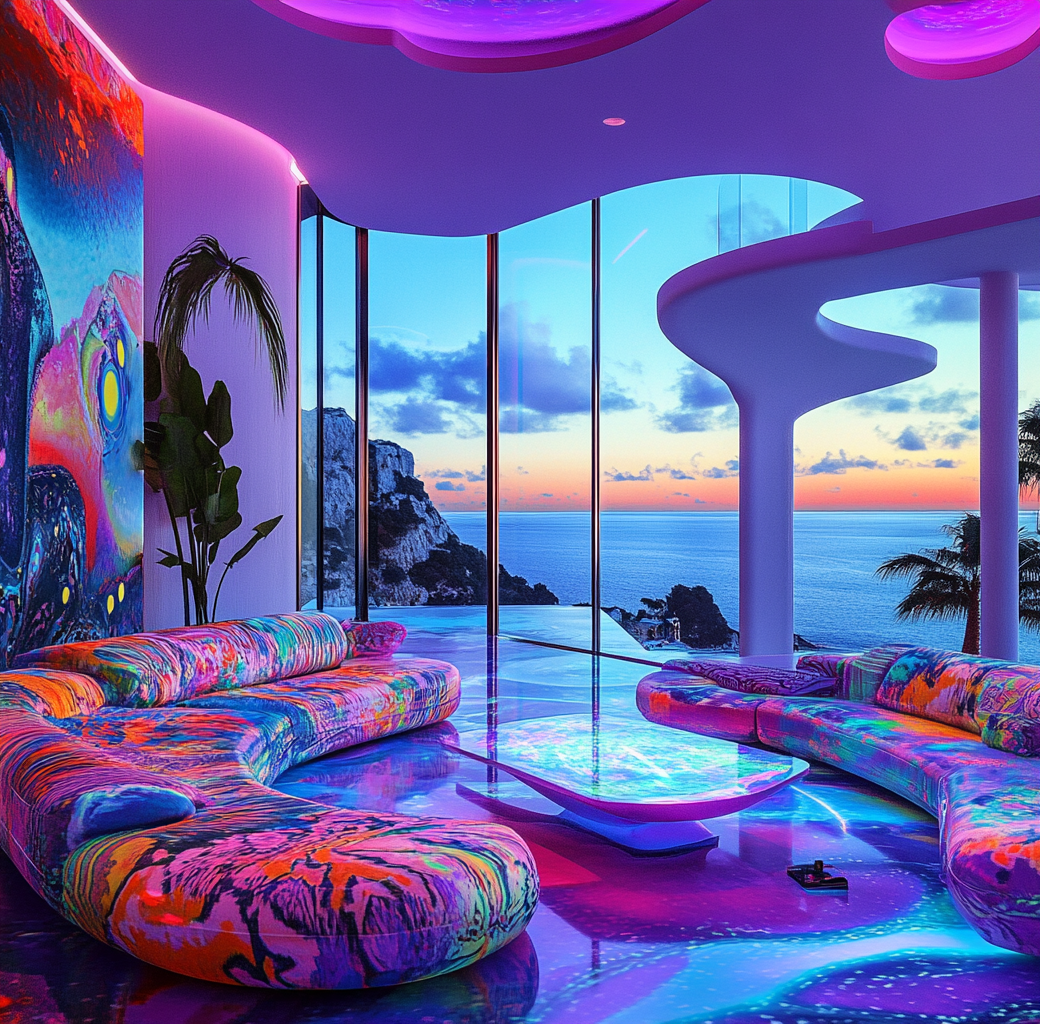

Comments (0)
Leave a reply